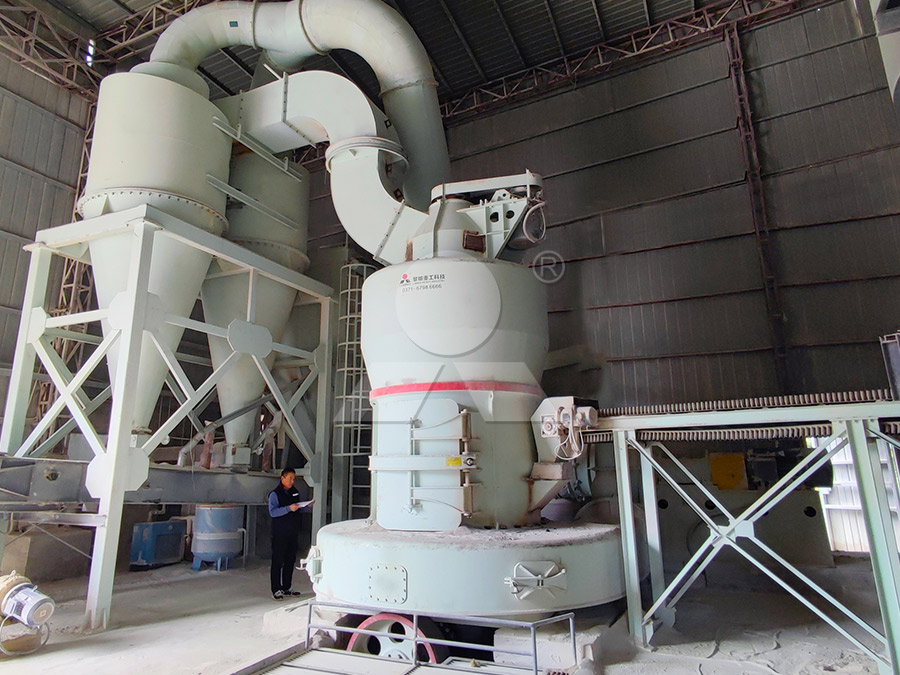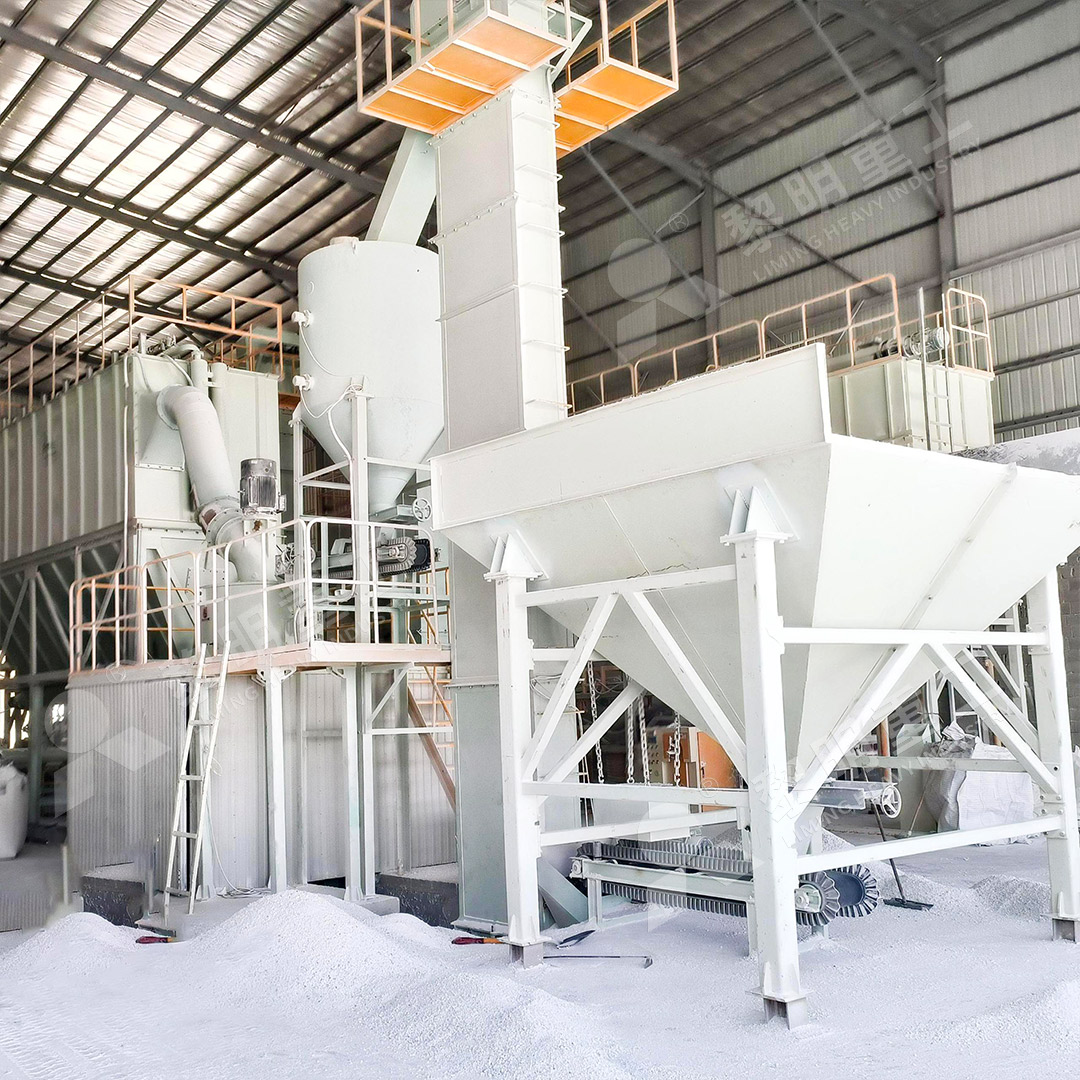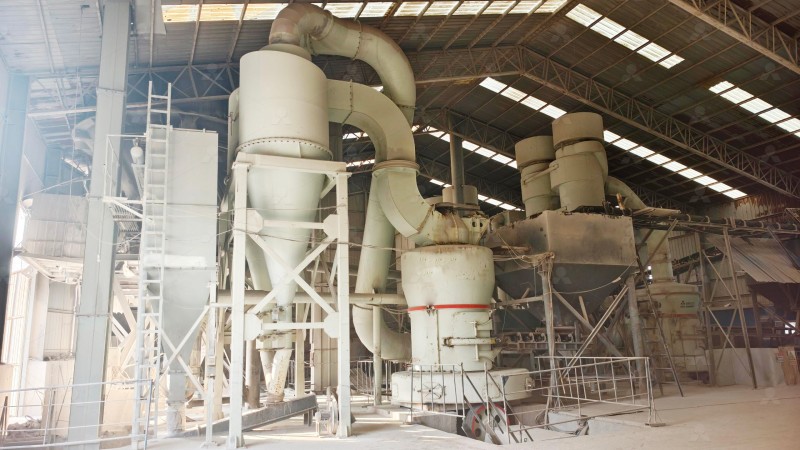Versatile Grinding Machine for Processing Calcium Carbonate, Talc, and Gypsum Powder
Versatile Grinding Machine for Processing Calcium Carbonate, Talc, and Gypsum Powder
In today’s competitive industrial landscape, manufacturers processing non-metallic minerals face significant challenges in achieving consistent product quality while maintaining operational efficiency. The grinding of materials like calcium carbonate, talc, and gypsum requires specialized equipment capable of handling diverse material characteristics and production requirements.

Calcium carbonate demands precise particle size control for applications ranging from pharmaceuticals to plastics. Talc requires gentle grinding to preserve its platelet structure, while gypsum needs efficient drying and grinding to achieve the desired properties for construction materials. Traditional grinding solutions often struggle to accommodate these varying requirements within a single system.
The Evolution of Mineral Grinding Technology
Modern grinding technology has evolved significantly from basic ball mills to sophisticated systems integrating multiple processes. The industry has shifted toward solutions that offer greater flexibility, energy efficiency, and environmental compliance. Today’s advanced grinding mills incorporate intelligent control systems, precision classification technology, and comprehensive dust collection capabilities.
Among the standout solutions for versatile mineral processing is our MW Ultrafine Grinding Mill. This system represents a significant advancement in grinding technology, specifically engineered for customers requiring ultra-fine powder production. With an input size capacity of 0-20 mm and throughput ranging from 0.5 to 25 tons per hour, this machine handles the complete spectrum of calcium carbonate, talc, and gypsum processing requirements.

Key Technical Advantages for Multi-Material Processing
The MW Ultrafine Grinding Mill incorporates several innovative features that make it particularly suitable for processing calcium carbonate, talc, and gypsum. The newly designed grinding curves of the grinding roller and ring enhance grinding efficiency, delivering production capacity 40% higher than jet grinding mills and twice that of traditional ball mills, while reducing system energy consumption to just 30% of jet mill requirements.
For operations requiring additional flexibility, our LUM Ultrafine Vertical Grinding Mill offers complementary capabilities. With its unique roller shell and lining plate grinding curve, this system generates material layers more effectively and achieves high rates of finished products through single-pass powder milling. The LUM mill’s input size of 0-10 mm and capacity range of 5-18 tph makes it ideal for precision grinding applications where product whiteness and cleanliness are critical.
Operational Efficiency and Environmental Compliance
Both the MW and LUM grinding mills address the growing industry emphasis on environmental sustainability. The MW Ultrafine Grinding Mill features an efficient pulse dust collector and muffler system that minimizes dust and noise pollution. The absence of rolling bearings and screws in the grinding chamber eliminates concerns about bearing damage or machine failure due to loose fasteners, while external lubrication enables continuous 24-hour operation.

The cage-type powder selector in the MW mill, incorporating German technology, allows fineness adjustment between 325-2500 meshes with screening rates achieving d97≤5μm in a single pass. This precision is crucial for meeting the strict specifications required by industries such as cosmetics, pharmaceuticals, and high-performance plastics.
Frequently Asked Questions
What makes these grinding mills suitable for processing multiple minerals?
Our grinding mills feature adjustable operational parameters and precision control systems that allow operators to fine-tune the grinding process for different material characteristics. The versatile design accommodates variations in hardness, moisture content, and desired fineness.
How do these systems address environmental concerns?
Both the MW and LUM mills incorporate comprehensive dust collection systems, noise reduction technology, and energy-efficient operation. The closed-system design prevents material escape, while advanced filtration ensures emissions comply with international environmental standards.
What maintenance advantages do these grinding mills offer?
The innovative design eliminates many traditional maintenance challenges. The MW mill’s external lubrication system allows maintenance without shutdown, while the LUM mill’s reversible structure facilitates easy access to grinding components for inspection and replacement.
Can these systems handle variations in material moisture content?
Yes, both systems integrate drying capabilities that accommodate materials with varying moisture levels. The integrated approach eliminates the need for separate drying equipment, streamlining the production process.
